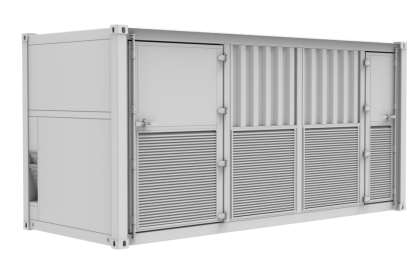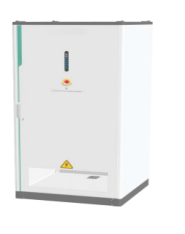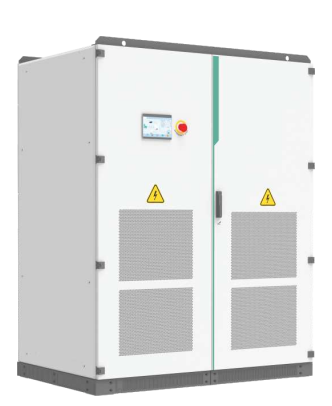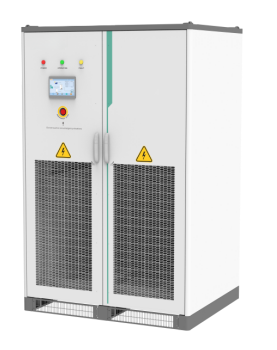 English
English Español
Español  Português
Português  русский
русский  Français
Français  日本語
日本語  Deutsch
Deutsch  tiếng Việt
tiếng Việt  Italiano
Italiano  Nederlands
Nederlands  ภาษาไทย
ภาษาไทย  Polski
Polski  한국어
한국어  Svenska
Svenska  magyar
magyar  Malay
Malay  বাংলা ভাষার
বাংলা ভাষার  Dansk
Dansk  Suomi
Suomi  हिन्दी
हिन्दी  Pilipino
Pilipino  Türkçe
Türkçe  Gaeilge
Gaeilge  العربية
العربية  Indonesia
Indonesia  Norsk
Norsk  تمل
تمل  český
český  ελληνικά
ελληνικά  український
український  Javanese
Javanese  فارسی
فارسی  தமிழ்
தமிழ்  తెలుగు
తెలుగు  नेपाली
नेपाली  Burmese
Burmese  български
български  ລາວ
ລາວ  Latine
Latine  Қазақша
Қазақша  Euskal
Euskal  Azərbaycan
Azərbaycan  Slovenský jazyk
Slovenský jazyk  Македонски
Македонски  Lietuvos
Lietuvos  Eesti Keel
Eesti Keel  Română
Română  Slovenski
Slovenski  मराठी
मराठी  Srpski језик
Srpski језик
Isolator Switch
Send Inquiry
DAYA Isolator Switch Details
In the simplest terms, isolator switches (also known as a main isolator switch) are devices or systems that isolate a particular circuit for maintenance and prevent currents from passing through. These switches are used for a range of electrical appliances and applications, including power grids, kitchen tools, and so much more.
In general, isolator switches are safe devices to use, but it is important to be aware of the potential hazards associated with them. In short, a disconnector switch is a switch used to isolate a circuit. It is usually used in situations where there is a risk of electrocution, such as in wet areas.
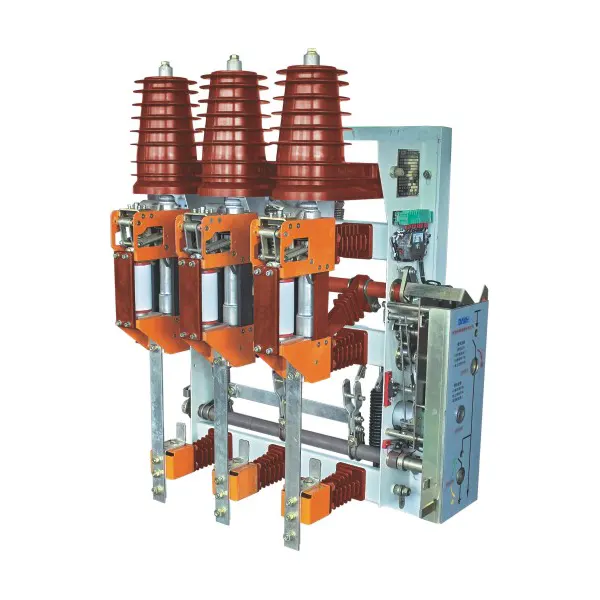
DAYA Isolator Switch Parameters
If you’re a student of electrical engineering or a professional in the field, then the concept of isolator switches might not be so foreign. However, if you are a layman, newbie, or DIY enthusiast, you might need a helping hand.
In this article, we’ll deliver answers to some pressing questions such as ‘what is an isolator switch?’, ‘what appliances are compatible with them?’, and ‘why are they important?'. We'll also look into the various types available out there.
DAYA Isolator Switch Advantages
These switches are used for a range of electrical appliances and applications, including power grids, kitchen tools, and so much more.
What’s more, as they set apart a circuit within a system or grid for repairs or maintenance, it is not unusual to find them on power lines, grids, and so on.
It’s also worth noting the close relationship between isolators and circuit breakers; in fact, many people think they do the same job. However, they have key differences that set them apart, such as their functions and abilities, amongst others.
With that said, isolator switches can be used on an even smaller scale for household appliances and the likes. In these cases, wall sockets can act as isolator devices/switches since they can be turned off to stop the flow of energy into one particular circuit. Even more, once unplugged, the appliance can be safely worked on.



